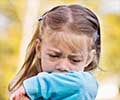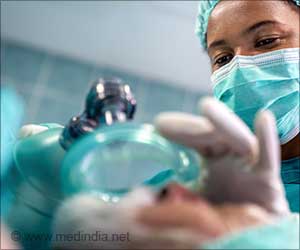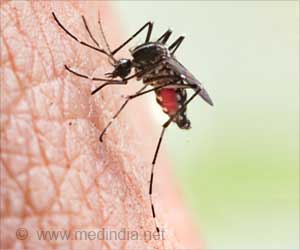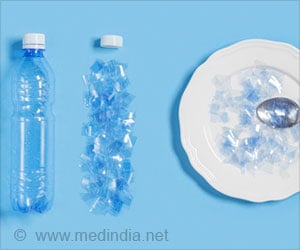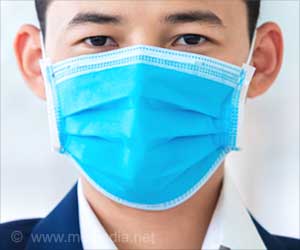Air pollution and infertility: Air pollution can reduce the chances of having a baby with in vitro fertilization (IVF) by 40 percent.

ESHRE 40th Annual Meeting: Air pollution linked to a decrease in IVF birth rate success, new study shows
Go to source). The study abstract will be published in Human Reproduction, one of the world’s leading reproductive medicine journals.
‘Did You Know?
In vitro fertilization (IVF) success drops by 40 percent with exposure to air pollution. #HumanReproduction #AirPollution #IVF’





In vitro fertilization (IVF) success drops by 40 percent with exposure to air pollution. #HumanReproduction #AirPollution #IVF’
How Does Air Pollution Affect Fertility?
The study analyzed PM10 exposure in the two weeks leading up to oocyte collection, finding that the odds of a live birth decreased by 38% (OR 0.62, 95% CI 0.43-0.89, p=0.010) when comparing the highest quartile of exposure (18.63 to 35.42 µg/m3) to the lowest quartile (7.08 to 12.92 µg/m3).Conducted over an eight-year period in Perth, Australia, the research analyzed 3,659 frozen embryo transfers from 1,836 patients. The median female age was 34.5 years at the time of oocyte retrieval and 36.1 years at the time of frozen embryo transfer. The study examined air pollutant concentrations over four exposure periods prior to oocyte retrieval (24 hours, 2 weeks, 4 weeks, and 3 months), with models created to account for co-exposures.
Increasing PM2.5 exposure in the 3 months prior to oocyte retrieval was also associated with decreased odds of live birth, falling from 0.90 (95% CI 0.70-1.15) in the second quartile to 0.66 (95% CI 0.47-0.92) in the fourth quartile.
Importantly, the negative impact of air pollution was observed despite excellent overall air quality during the study period, with PM10 and PM2.5 levels exceeding WHO guidelines on just 0.4% and 4.5% of the study days, respectively.
Dr. Sebastian Leathersich, lead author of the study, explains, "This is the first study that has used frozen embryo transfer cycles to separately analyze the effects of pollutant exposure during the development of eggs and around the time of embryo transfer and early pregnancy. We could therefore evaluate whether pollution was having an effect on the eggs themselves, or on the early stages of pregnancy."
Advertisement
Health Risks of Ambient Air Pollution
Ambient (outdoor) air pollution is one of the greatest environmental risks to health and is estimated to cause over 4 million premature deaths per year worldwide (2✔ ✔Trusted SourceAmbient (outdoor) air pollution
Go to source). Exposure to fine particulate matter is associated with a range of adverse health conditions, including cardiovascular and respiratory diseases (3✔ ✔Trusted Source
What are the WHO Air quality guidelines?
Go to source).
Advertisement
Air pollution levels across Europe still not safe, especially for children
Go to source). Although epidemiological data show a clear correlation between pollution and poorer reproductive outcomes, the mechanisms remain unclear.
Dr. Leathersich furthers, “Climate change and pollution remain the greatest threats to human health, and human reproduction is not immune to this. Even in a part of the world with exceptional air quality, where very few days exceed the internationally accepted upper limits for pollution, there is a strong negative correlation between the amount of air pollution and the live birth rate in frozen embryo transfer cycles. Minimizing pollutant exposure must be a key public health priority.”
Professor Dr. Anis Feki, Chair-Elect of ESHRE, comments, "This important study highlights a significant link between air pollution and lower IVF success rates, with a notable reduction in live births associated with higher particulate matter exposure before oocyte retrieval. These findings emphasize the need for ongoing attention to environmental factors in reproductive health.”
References:
- ESHRE 40th Annual Meeting: Air pollution linked to a decrease in IVF birth rate success, new study shows - (https://www.prnewswire.com/news-releases/eshre-40th-annual-meeting-air-pollution-linked-to-a-decrease-in-ivf-birth-rate-success-new-study-shows-302188294.html)
- Ambient (outdoor) air pollution - (https://www.who.int/news-room/fact-sheets/detail/ambient-(outdoor)-air-quality-and-health)
- What are the WHO Air quality guidelines? - (https://www.who.int/news-room/feature-stories/detail/what-are-the-who-air-quality-guidelines)
- Air pollution levels across Europe still not safe, especially for children - (https://www.eea.europa.eu/en/newsroom/news/air-pollution-levels-across-europe)
Source-Eurekalert


